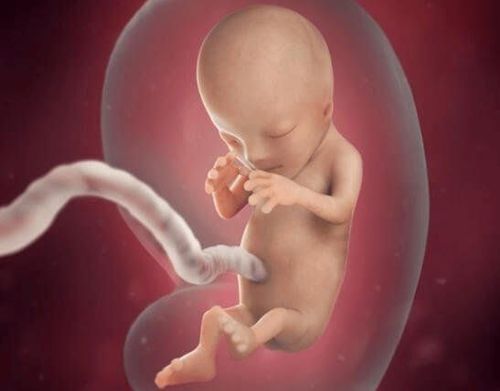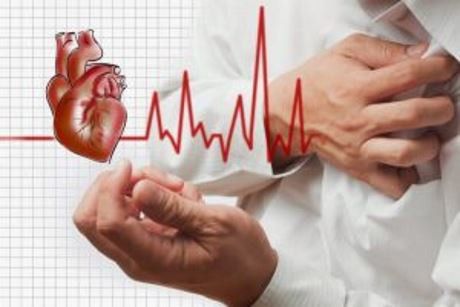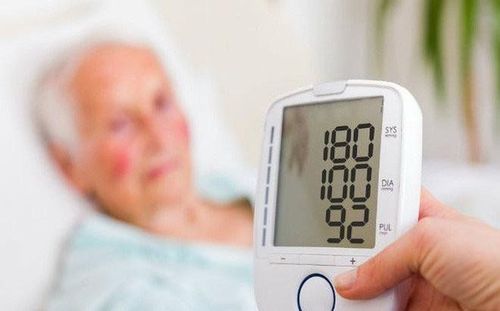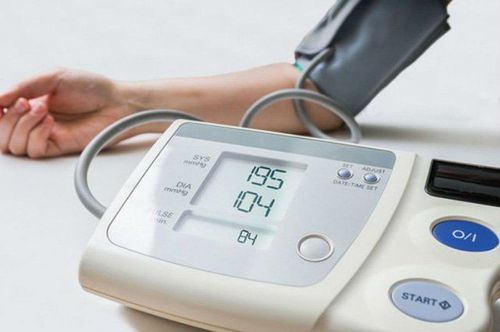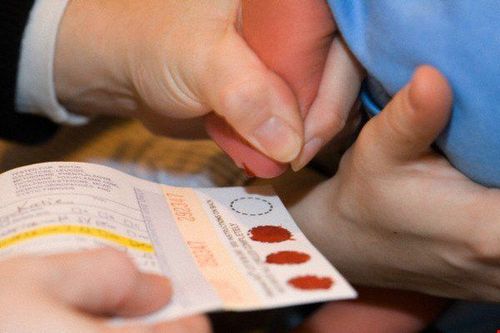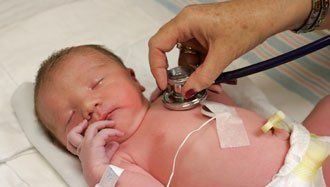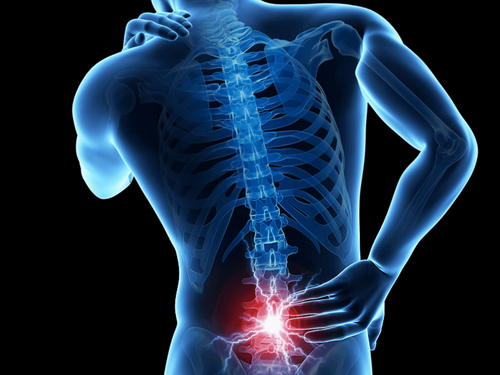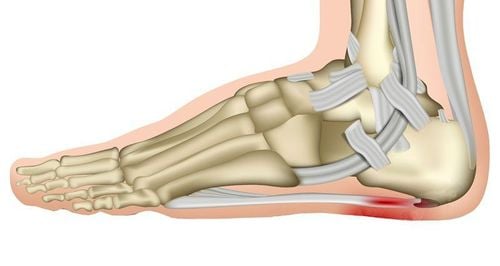Nội dung bạn đang tìm kiếm không có phiên bản tiếng Việt.
Vui lòng chọn tiếp tục để xem nội dung tiếng Anh hoặc đi đến trang chủ Tiếng Việt.
Rất xin lỗi về sự bất tiện này.

Home
Tag Lung
Articles in Lung
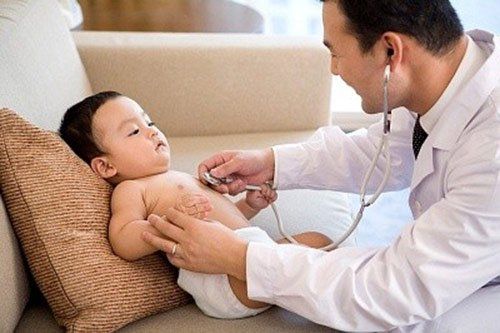
Why are babies prone to pneumonia?
Pneumonia is a common infection in newborns. If not treated promptly and actively, neonatal pneumonia can be fatal, especially in premature and low birth weight babies.
Xem thêm
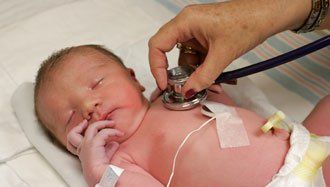
Pulmonary fibrosis in premature infants: Symptoms, diagnosis and treatment
Pulmonary fibrosis in premature infants is a disease that causes lung damage, which can lead to dangerous complications such as heart failure and respiratory failure. The disease has a great impact on the health and development of children.
Xem thêm
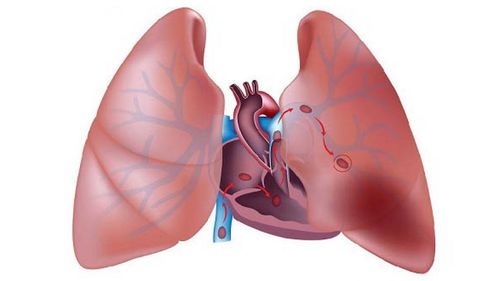
Role of electrocardiogram in the diagnosis of pulmonary embolism
Currently, there are many methods used to diagnose pulmonary embolism. Among them, pulmonary embolism electrocardiogram is widely used in the detection and treatment of pulmonary embolism.
Xem thêm
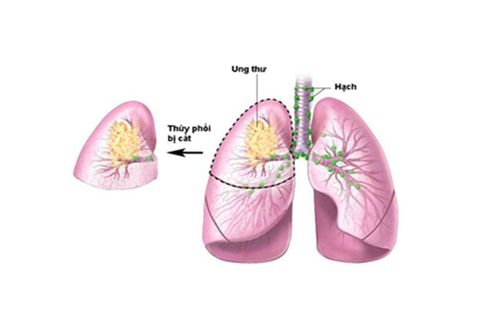
Learn about lobectomy surgery
The lungs are made up of five sections called lobes. Humans have three lobes on the right side of the lung and two on the left side. A lobectomy removes one of these lobes. After surgery, healthy tissue replaces the removed lobe, and the patient is completely healthy and normal.
Xem thêm
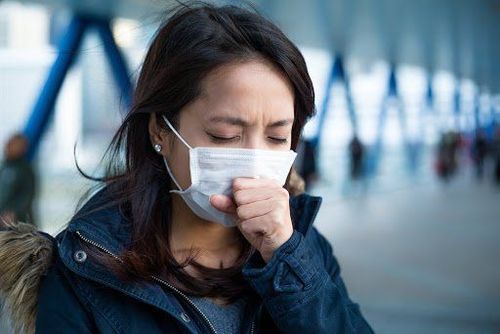
Chronic obstructive pulmonary disease (COPD) and comorbidities
Chronic obstructive pulmonary disease (COPD) can cause serious and life-threatening consequences because the disease is often accompanied by comorbidities.
Xem thêm
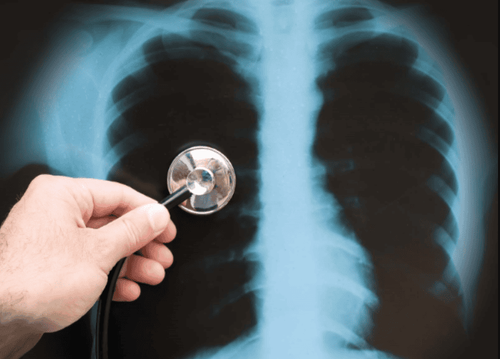
Chest X-ray to diagnose pulmonary embolism
Pulmonary embolism occurs when a blood clot gets stuck in a pulmonary artery and blocks blood flow to the lungs. It is usually caused by a blood clot originating in the deep veins of the lower extremities or elsewhere in the body.
Xem thêm
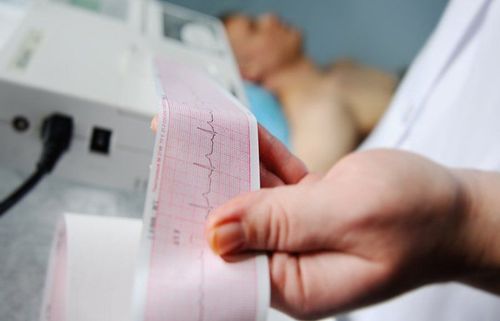
Role of electrocardiogram in the diagnosis of pulmonary infarction
Pulmonary embolism is a difficult disease to diagnose, so it is often overlooked or diagnosed late. Electrocardiogram is one of the basic tests to approach the diagnosis, detect or exclude patients suspected of having pulmonary embolism.
Xem thêm
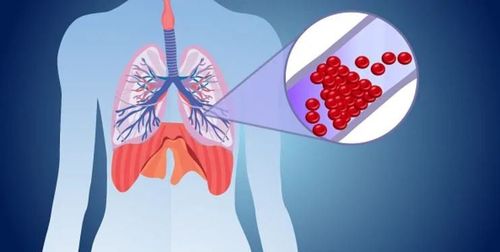
How does blood flow through the lungs?
Internal circulation in the human body consists of two circulatory loops: the large circulatory loop and the small circulatory loop (pulmonary circulation). Gas exchange in the lungs occurs when blood circulates through the lungs, an important process to create oxygen-rich blood to supply the body's tissues and organs.
Xem thêm
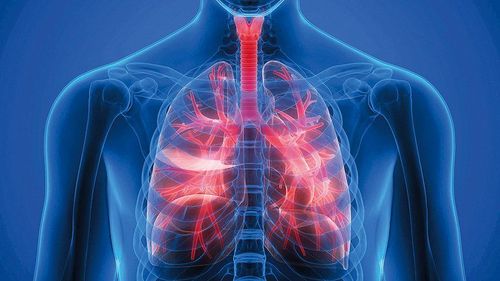
Arterial blood gas testing in the diagnosis of chronic obstructive pulmonary disease (COPD)
An arterial blood gas test is a test that measures the levels of oxygen and carbon dioxide in the blood, helping to diagnose and assess the severity of chronic obstructive pulmonary disease (COPD).
Xem thêm
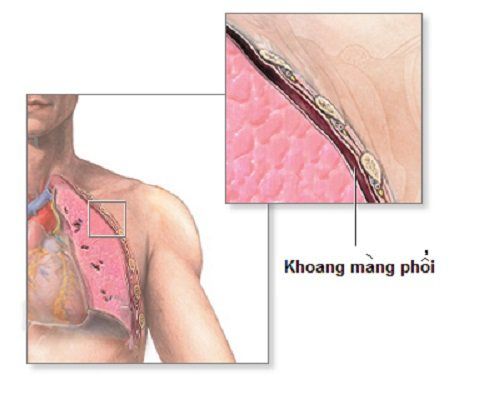
Technical procedure for ultrasound of the pleural cavity
Pleural ultrasound is an imaging technique aimed at diagnosing chest wall diseases, pleural effusion, pleural tumors, pneumothorax... Pleural ultrasound is always convenient and quick to perform.
Xem thêm
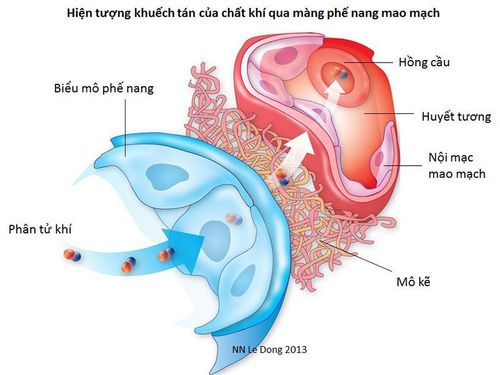
Measure the ability of gas to diffuse across the alveolar capillary membrane
Measuring the ability to diffuse gas across the alveolar capillary membrane aims to assess the ability to exchange gas in the lungs. If the amount of gas exchanged from the lungs to the capillaries is greater, it means that the lung function is intact. Conversely, if the result is reduced, there is a high possibility that the lungs are damaged.
Xem thêm




